-
Content Count
194 -
Joined
-
Last visited
-
Days Won
5
Content Type
Profiles
Media Demo
Forums
Gallery
Calendar
Store
Posts posted by 2flit
-
-
After a raucous sail up the west coast with over 6 meter seas and 45 knots of wind, boat speeds above 16 kn hitting 20kn, tired after logging our first ever 300+ mile day....We decided to haul-out in Whangarei at Oceania Marine. They had the very best rate for the haul-out and also if we paid them to do all the anti-fouling... so they were almost the most competitive priced of all the yards that had a travel lift for our beam. (Their Travel lift is 10+ meters wide so easily accommodated our 8.06 meter beam.)
In the last four year of world cruising with two major refits and three bottom jobs.... I would say that I am the most satisfied with this yard for quality of work, friendliness of the staff, and overall ability to get the work done just like I wanted it. This in my experience... is a rare thing to get when you are not doing everything yourself. They did an outstanding job and I am more than 100% satisfied.
We are hanging in the slings now ready to go back in the water. April 23, 2021.
-
 4
4
-
-
It's interesting that your fuel cut-off solenoid is before the regulator. This means that the gas control valve that is actuated by the solenoid is handling the full pressure of the liquid propane tank. The installations that I have seen look like the ones in the attached diagram where the fuel shut-off solenoid comes after the pressure regulator and the valve is handling only 11-12 WCI. I'd double check the pressure rating for the gas cut-off valve? Some/many of the gas solenoid valves are only designed for the low pressure after the regulator.
The Burnsco valve uses about 1 amp, while there are other valves that draw far less, like this one: https://www.oceansafety.com/product-range/gas-detection-alarm-systems/product/gas-solenoid-valve-12v-0-3a The coils in these valves do break down over time, especially in installations were they remain actuated for long periods (i.e. with a propane space heater)
-
36 minutes ago, CarpeDiem said:
Whangarei or Marsden Cove?
Thanks for the hardstand directory... hauling a tri is a bit trickier than most boats; Marsden can not haul us.
Whangarei... Oceania Marine is looking into it.... we are also curious about the yard's reputation/customer satisfaction since we want them to do the prep and paint.
-
We are looking to have a yard scrape and spray new bottom paint on a Farrier F39 trimaran. We don't know the area and looking for advice. We are in Opua now and will be sailing to the south island in early January. We had JJ haul us on his trailer last year but this point loaded the hull and cracked an integrated water tank that we had to repair. I think either a "SeaLift"; Crane, or a wide travel lift is best for our hulls. I don't want to do the work this year and looking for the yard to do a good job.
-
18 hours ago, BOIGuy said:
... Someone posted the other day about it, there is a big push....
Here is the link to that bit of Northland Regional Paperwork:
See Item 4.2 "Marine Pest Interregional Plan"
-
On 8/12/2020 at 3:29 PM, B00B00 said:
Thanks Fish, keen to see your tide program. Where do I find that?
There is always this you can try this tide calculator. You can chose a specific location using the map, and a time interval to suit. https://tides.niwa.co.nz/ . (It was very accurate for us during lockdown when we were anchored out in about 1 meter water in Waipiro Bay in the BOI.)
-
15 hours ago, Island Time said:
From Nelson to BOI is way shorter via the W coast. Pick the back edge or back half of a low, or the front half of a high then go. S sector up the coast, straight line to north cape. You'll be well off shore for much of it. If you pick the right system, you'll have a great trip fair winds, and following seas

Do you like this route if going the reverse direction (BOI to>> Nelson) around early January?
-
Anyone up to speed on what this will mean? Sounds like it might involve mandatory bottom painting and clean/power wash on a regular schedule? Also a monetary assessment of some sort coming down the pike for "exacerbators" (the term they use to describe boat owners). It appears to be under development but we've seen signs go up about it?
I found this document which refers to it: http://northland.infocouncil.biz/Open/2020/12/BABWP_20201202_AGN_2905_AT.PDF?fbclid=IwAR0R-Zf2GyQP1BF8GXvbx-MLW-Dg7Ggf1uCeX973MfwUfmMc_XjWcSGUjD4
-
I am also seeing this attachment for the code sail at the end of the prod being used. The second picture is a close-up of the furler used at the end of the prod. It's interesting that he is not having an issue with the drum assembly trying to twist so far that it wraps the continuous furl line around it, I wonder why this works for some but not others. (He has three furlers, the other two are on a 2:1 and a 3:1 tack downhaul/retrieval line so they would never see twisting with these furlers)
-
On 4/08/2020 at 11:55 PM, DrWatson said:
.... and coming around to about 125 TWA in about 4 knots we could sit for relatively long periods (4-5 min at a time) nominally above windspeed.
Nice! faster than windspeed while cruising! That's awesome, what design do you have?
-
I like this company allot. Have used their unit for three years now. https://www.ozefridge.com/packages
-
1 hour ago, Gappy said:
You need to use the proper 2:1 shackle for the bottom on the furler to negate Chafee.
If you are at the end of a prod a 2:1 is by far the best option to stop trust.
Have you experienced twist as an issue? Twist that goes so far as to where the furler line gets carried around the body of the furling drum as the drum rotates. There appear to be boats that have spinnaker top down furlers on a single line? Thanks for the advice on the Slid Sheave part # SSH4500, looks far better than that shackle!
-
WE just got a warrantee replacement of our EPIRB and OceanSignal could/was willing to program it for whatever country we chose... New Zealand, Canada, or the USA. BY the way... the ocean signal batteries are user replaceable on the E100G, and the new EPIRB1-Pro that ours was replaced with, They cost more originally but have 10-year/48Hr battery life, and $238 cost replacement, at leas this is what we found. (We are a Canadian registry boat in New Zealand)
-
We are setting up a new FX4500 furler with the Fast Thimble/swivel. We are committed to using a furler drum retrieval line since going out to the end of the 2+ meter prod to unhook things just is not in the cards anymore for us. I have had conflicting advice on this with regards to setting up the retrieval system. Seems that there are two schools of thought
1) Set it up on a single line thru a pully or low friction ring, This is easiest but some say that the furler drum will want to twist that single point supported line and this results in the drum twisting with the result being that the continuous furling line may get wrapped around, and the whole thing jambs. (The first picture is the end of our prod - it's folded back along side the main hull here - this shows the tang that we would lash a low friction ring to in this scenario)
2) Or.... Set it up such that the retrieval line is lead thru two points of support out at the end of the prod. This resists the twisting mentioned above and prevents the drum from rotating and wrapping the retrieval line (The second picture that I have posted is an example of this on our prod with the old FX2500 furler on the screecher. As an aside...We have experienced allot of chafe issues at the shackle attached to the base of the furler, even thru a dyneema chafe sleeve in just hours of off-shore work.
If anyone here is using a drum tack retrieval system, please weight in on is topic and help me out, Thanks!
-
-
Have you spoken with a spar maker about this topic?
Our 16.8m mast (Mast section is 124 x 204 x 4 mm) is very-very lightly built and has 5/16" fasteners every 10cm and it's been no problem in over three years of hard sailing up to 68 knot winds off-shore and many more years of costal sailing. My gut tells me that If your fasteners are around 12mm or less... I would not worry about the extra holes at 15cm spacing. The mast track you are adding will increase the strength of the mast somewhat and it sounds like the extrusion has a built-in luff grove already stiffening the back.
So it might be worth running the thought of extra holes by someone who actually knows and asking them about this.
-
Just to add to this conversation... 13.8 v as a 'float voltage' is quite a bit too high for a pure DC float voltage (as opposed to an AC battery charge sourced charge). Unless it is very cold out you would never want to see 13.8 as a float voltage on most Lead Acid (LA) batteries. The target for Float voltage would be much better at 13.6 volts.
I think his question about what readings to expect on his "BMS" have been well answered for LA, except I'm curious because when someone says BMS (Battery Management System) they are customarily referring to a BMS on a Lithium Bank; what chemistry are these batteries?
-
1 hour ago, marinheiro said:
heard today from a Kiwi yacht about to depart from Fiji to NZ. They have been told when they arrive back in NZ they cannot quarantine on the yacht, they must quarantine in a hotel quarantine facility.
Interesting because just yesterday the boat 5-Kiwi's Afloat posted just the opposite on Facebook? Said that they were now allowed to do their quarantine on the boat and do it even if the passage time was under the old 12-day rule... guess time will tell the truth
-
On 11/11/2020 at 8:26 PM, muzled said:
Alex Thomson looks like he's wired for everything. Speed/bow height/heel angle/g-force/HR/calories and on and on.
https://www.alexthomsonracing.com/the-hub/alex/
Sleep makes for some interesting reading, a grand total of 15 minutes so far.
Data recorded by a custom-built health sensing device, optimised for Alex and worn around his upper arm at all times during the race. Data is sent directly from the device and displayed exclusively on The Hub.
In order to detect sleeping intervals, Nokia Bell Labs combine data from the health sensing device (specifically heart rate and motion) with information about the boat’s motion. An algorithm has been developed using data collected during training, as well as on-shore periods in order to identify patterns characteristic of sleep in terms of heart rate and motion relative to the boat.
I listed to a video post he made on FB yesterday where he said that he was 'nodding-off' occasionally (sounded like very brief periods of time where he just fall asleep and suddenly re-awaken) but the sleep tracker was not recording these periods as "sleep" because his pulse rate was still around/above 90 bpm. I think his max heart rate was above 170 during sail changes.... the guy is amazing
-
We've used a 2:1 for about four years. First on a square top that needed to have the top batten removed and now on a pseudo-square top that does not require the batten removal step. Both sails have/had about 20% roach. The new headboard has a cutout for the 2:1 block, such that the block fits in this cutout 'window'. This helps when you have a nearly full-hoist main as you describe. After about 15,000 offshore miles on the second main, we don't see any problem with the sail 'hinging' at the metal headboard (plates on both sides bolted/rivited together. The headboard is on an Antal car system that has slider 'bushings' (not ball bearings) and these cars are connected to the headboard wing 30mm webbing straps with about 25mm between the car and headboard. (The mainsail is DP Hydranet... so may be more resistant to the hinging you are concerned about?)
-
10 hours ago, B00B00 said:
Looks like the Hugo boss could be a bit sticky in the light. He's really dropped off the pace.
Hugo Boss is doing 15 kn at the moment in 15kn wind while the leaders are in 14kn of wind doing 11 kn, Here is how it looks (see pic) <the dotted red lines are the Rhumb line course; Hugo Boss is the larger black/pink boat icon in the western group>
-
The other option would be a dual battery solar charge control. A very good brand name is Morningstar https://www.morningstarcorp.com/products/sunsaver-duo/ however, the amperage is more that you need and the cost is high. There are much less expensive ones on Amazon, but I have no experience with the quality of that gear.
-
10 hours ago, Fish said:
....and was getting in a flap, cause it was her fathers 80th today, and man that was target rich for high risk individuals. So I had a phone around, Auckland Regional Public Health said phone your GP, so I phoned my GP.....
This information is from John Hopkins University and is in line with all the peer reviewed studies that I have read. It is important that we realize the extremely limited validity of the PCR test that are used throughout New Zealand
In the report on the findings published May 13 in the journal Annals of Internal Medicine, the researchers found that the probability of a false negative result decreases from 100% on Day 1 of being infected to 67% on Day 4. The false negative rate decreased to 20% on Day 8 (three days after a person begins experiencing symptoms). They also found that on the day a person started experiencing actual symptoms of illness, the average false negative rate was 38%. In addition, the false negative rate began to increase again from 21% on Day 9 to 66% on Day 21.
On even Day four of an infection.... There is a 67% chance of receiving a False Negative in this study. Most of the studies I have seen have reported lower but still significant false negatives, this is especially true when the test is administered to casual as opposed to close contacts. Interestingly this is a diagnostic type of test and not what would normally be referred to as a 'screening' test and there fore (both false positives and false negative) results are predicated on the sample group.
The take away is that a day-3 negative is far from a sure sign that you are safe to visit your 80 year old dad. This is the reason that all close contact (even with a negative test result) may be placed in self quarantine.
-
11 hours ago, Damienmumu said:
... any advice on brand or model... for resonable budget?
I had a 50AH battery that seemed sufficient at the time connected to a 20W solar panel. I am wondering if I should keep 50ah capacity or should up it to 75ah. Also should I better invest in an AGM battery rather than wet-cell? The AGM battery will be even more susceptible to being run dry. They have a 9 pascal vent valve and you get permanent loss of electrolyte when they vent. Some AGM's do this above 14.2 volts , others do it above 14.4. What ever the max charge voltage of your AGM... you would be better served by a flooded battery unless you get a very high quality solar control that also (probably MUST have in your situation) a remote temperature sensor that you place on the AGM battery. Manufacturers that have this include some models in the following high quality companies: VICTRON, SCHNIEDER - XANTREX, MORNINGSTAR, MIDNIGHT, and others. Many of these will not have "remote" temperature sensors and instead will have 'internal' temperature sensors. The internal sensors would be the bare minimum to consider and that is predicated on the charge controller (c/c) being in a location with the same temperature (during the daytime) as the battery. Batteries under charge heat up a bit (or allot under a high charge i.e. >15% capacity); so it is better to use a remote sensor when/if you can make the economic justification or when charge rates are high. In your situation with a 20 watt solar module and a 75 Ahr battery... you should be fine with internal temp comp and a PWM style charge control with reliable 3-stage charging like the MorningStar SS-6-12V https://www.morningstarcorp.com/wp-content/uploads/2014/02/SunSaverENG_R3_5_12web1.pdf
I run: VHF, small depth sounder, 2 small LED lights, small hand held GPS, 2 phones to charge, nav lights (hardly as we don't navigate at night). Maybe plan to install a stereo at some stage...
You may wish to consider the larger battery, a larger c/c, for this type of load if you are regular user of the boat and wish to have solar power on the hook as opposed to only for day sails.
Thanks.
See my comments in your text above....


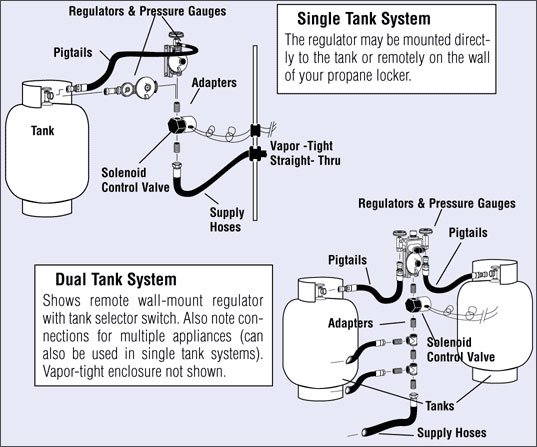
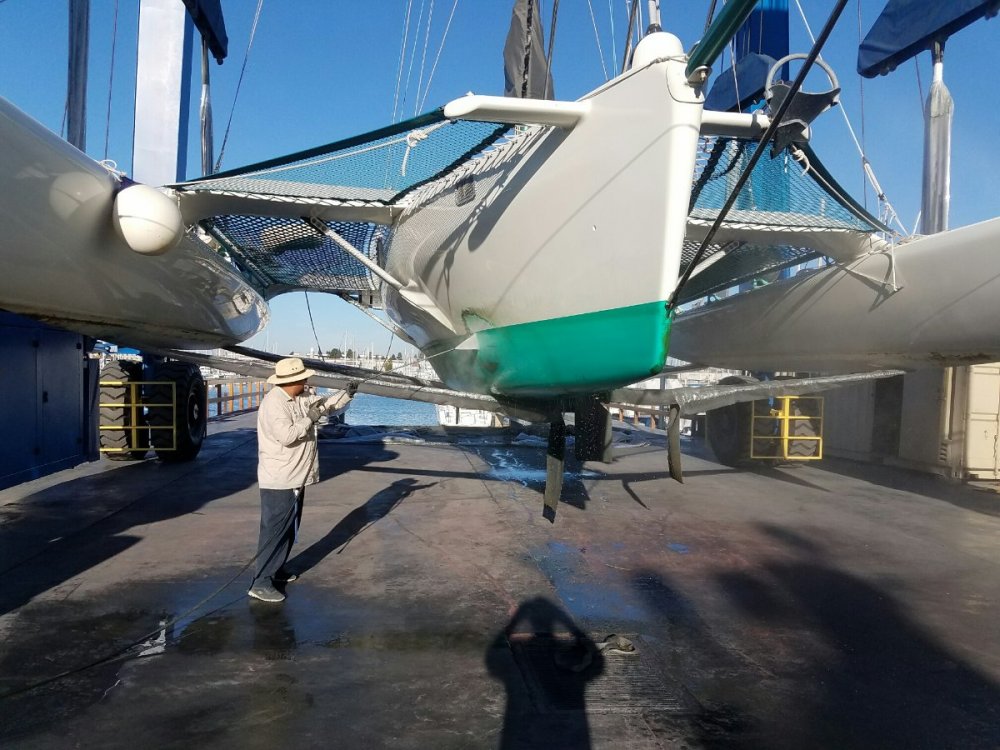
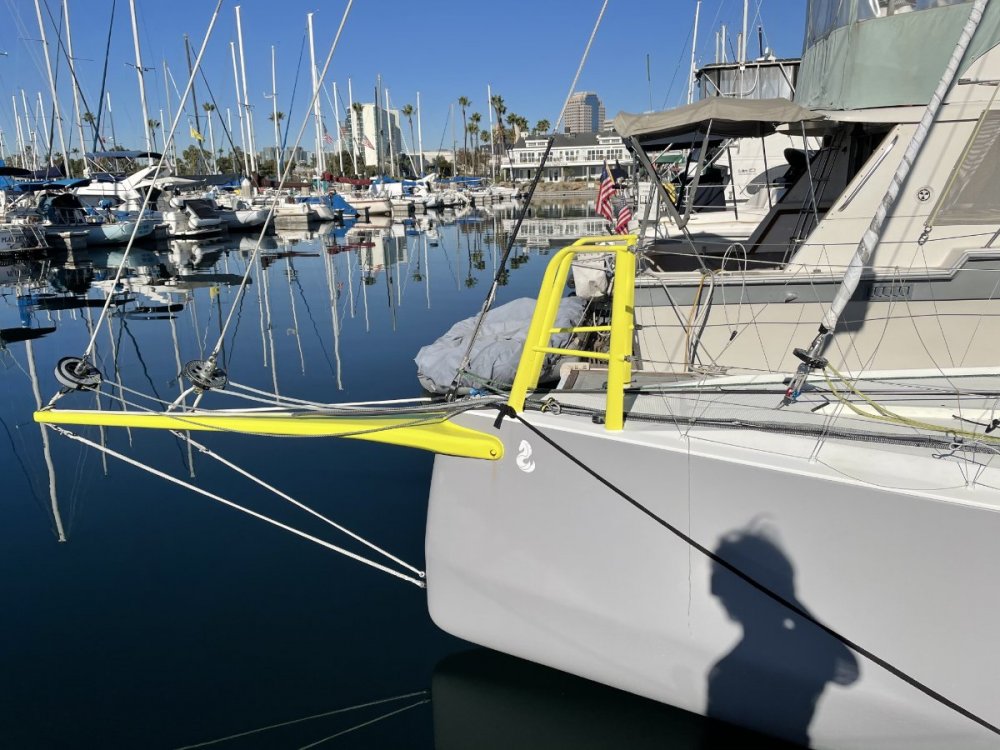
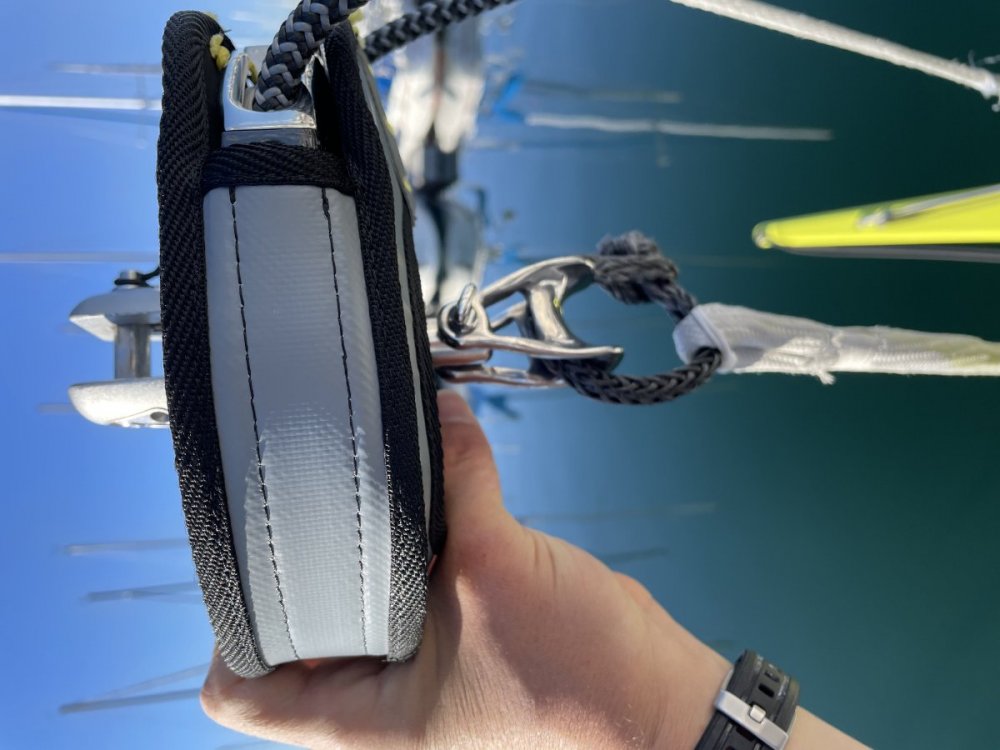
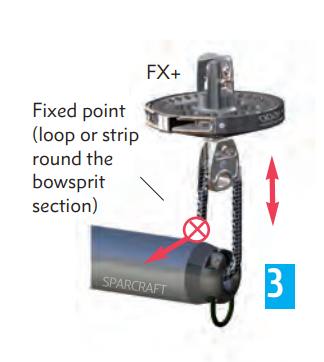
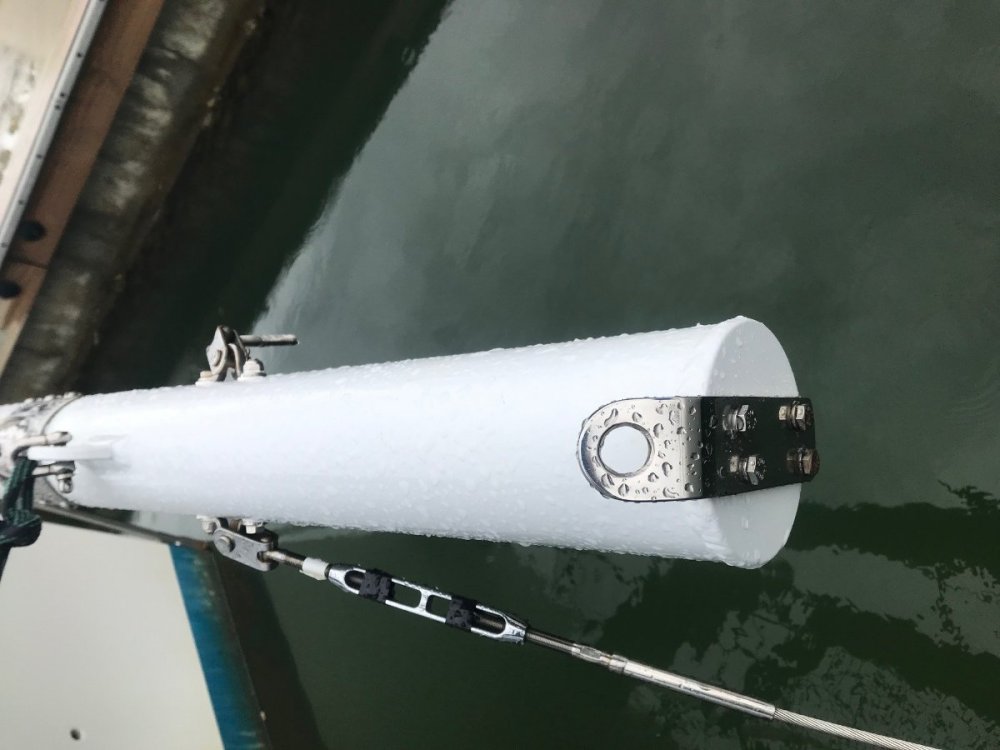
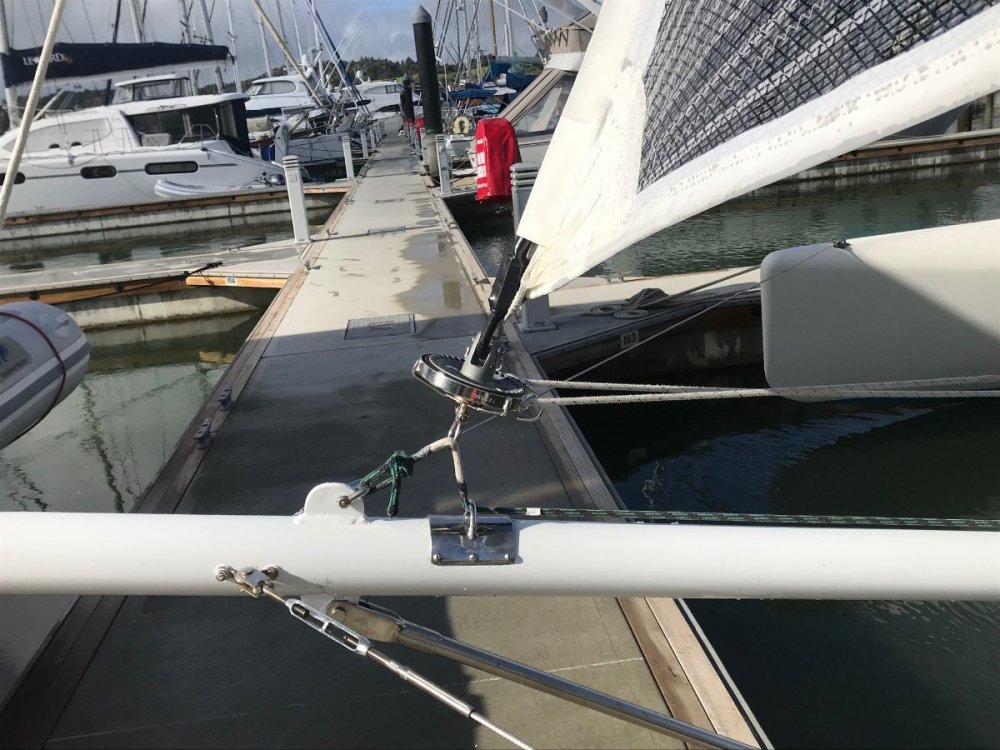
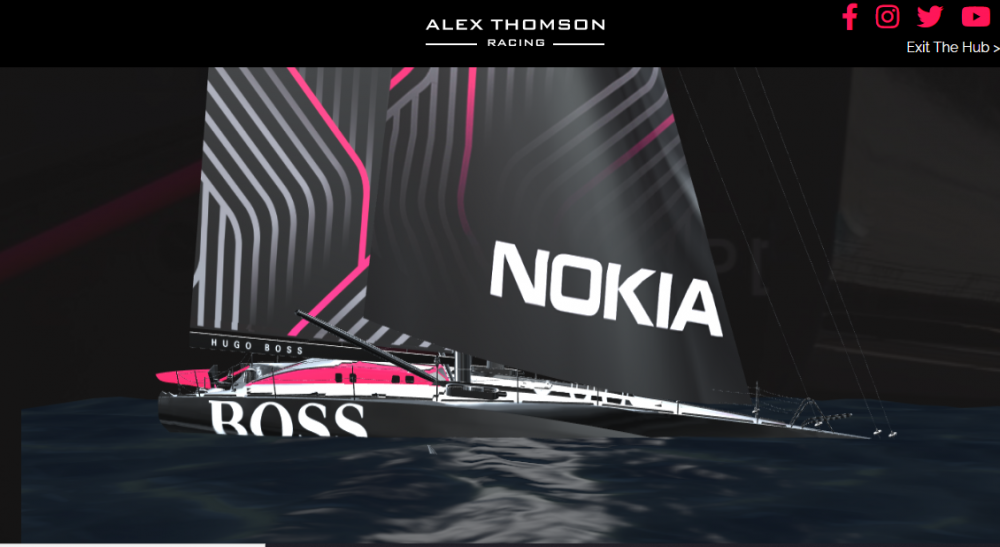

Anchoring - tips and tricks?
in MarineTalk
Posted
We have a Rocna 20kg and a Manson Supreme 35lb. (also an FX37) The Supreme has been mostly used in Coral sands where it would dig in very fast and quickly and seemed to do well in veering conditions. It did not handle debris in coral sand well.
We wanted a heavier weight anchor and all that was available in Tahiti was the Rocna, we have found this anchor to do very poorly when reversed in soft mud, otherwise it has done reasonably well in sandy/silt, sandy/mud, and medium mud. We do occasionally need to reset the Rocna when backing down on it and it fails our reverse thrust (we always take allot of time to slowly set the anchor and progressively increase reverse throttle). We have 70 meters of 5/16 G4 chain and another 30 meters of rode and use a 5-1 scope whenever possible in 6 meter depths (less scope in deep and more scope in shallower) In 35+kn of wind we always increase scope or re-anchor if the increase in scope is not possible. We recently used the Rocna in "The Nook" in Whangarei and it drug on us in moderate winds gusting up to only 25kn after being carefully set and with only chop. It came up without any fouling or mud and we re-anchored. On the flip side... We were anchored a few weeks ago in the Able Tasman (at "The Anchorage") and we had a fellow in a heavy 11 meter mono drag down on us and snag our chain, where upon his plough anchor zip-lines down our chain (his boat narrowly missing us) and wound up hanging on our anchor as I was backing the boat at 3/4 throttle to use the prop walk to swing us clear of him (we have a 3-blade MaxProp which has about 27lbs of side thrust at 1/2 RPM so it really can move the boat sideways) >>> Hence we had two boats and ours in 3/4 reverse and the Rocna held on without budging.
The Fortress anchor is great for rowing out in the dingy as a second stern anchor or for Bahamian Mooring and for soft mud, I've had a shank bend on the FX anchors and have owned four of them.